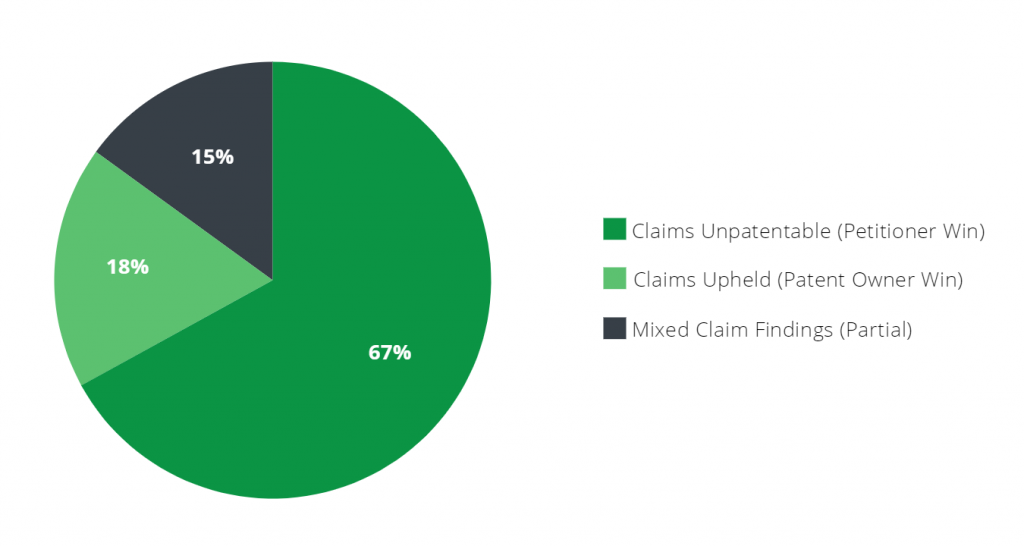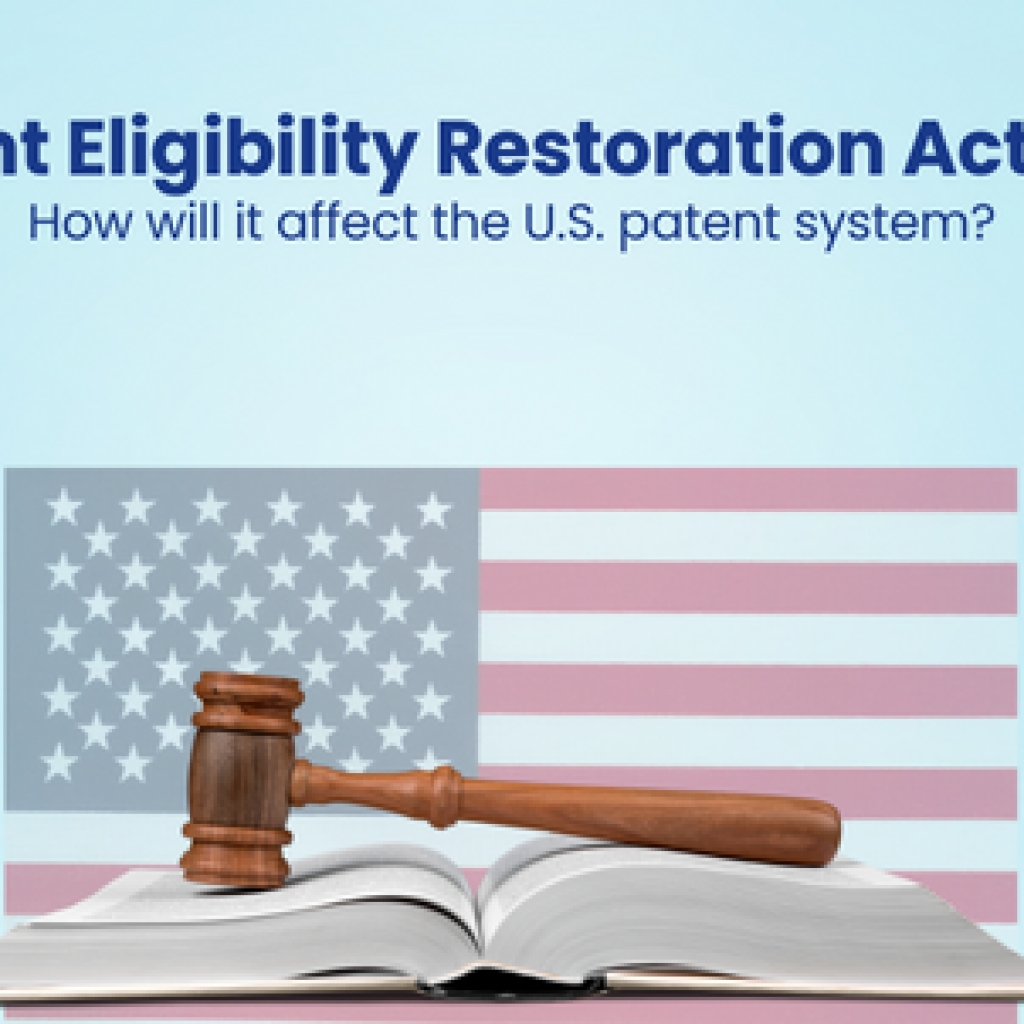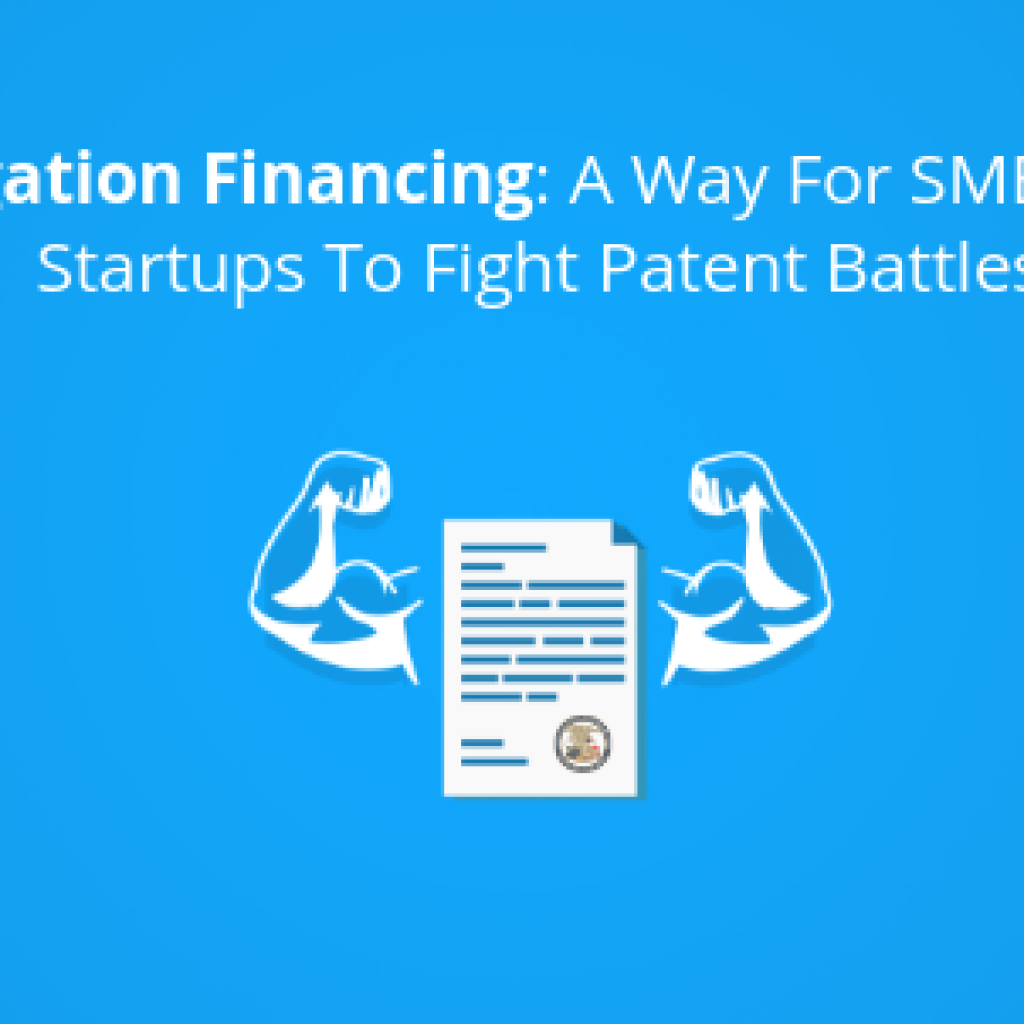Before we move ahead to the topic – importance of checking patent strength, for the uninitiated, here is a definition of the term:
What is patent strength?
Patent strength, in simplest terms, gives an idea of the survivability quotient of a patent. A granted patent doesn’t always mean that it is novel or can survive other factors required for patentability if challenged in the court. A prior art search can challenge its novelty and the patent may get invalidated. Patents not surviving novelty challenges are considered weak. On the other hand, a patent which can survive such challenges in court, IPR, post-grant reviews, etc. are considered strong.
Now the question is, why should I check the strength of my patent? Before I explain this in detail, let me give you some food for thought – in 2016, only 18% of the patents remained valid after their validity was challenged in PTAB reviews.
 Why Should You Get Your Patent Strength Checked before a lawsuit?
Why Should You Get Your Patent Strength Checked before a lawsuit?
To answer this, I would like to use a combination of an analogy and a real example. So Let us assume that my competitor is infringing on one of my patents. I want him to get a license. If he refuses, I want to take the matter to court.
But, and this is a big but, before I take my patent to court, I have to be sure it can survive a litigation. My defendant will prefer invalidating my patent to avoid damages/royalties. If my patent gets invalidated, I will lose plenty of money. Now let me instill life in this analogy.
In April 2000, University of Rochester sued Pharmacia and Pfizer for infringing its patent on a pain-killer drug Celebrex. At that time, Celebrex was one of the best selling drugs with annual sales of around $3 billion. Unfortunately, Rochester’s patent got invalidated as it didn’t describe the invention enough.
Enzo Biochem is another such example that sued a bunch of companies – Hologic, Roche Molecular Systems, Becton Dickinson, Affy, Agilent, and Illumina for infringing many of its patents one of which was US Patent No. 6,992,180. However, during the course of litigation, District Court of Delaware ruled that the patent was invalid.
Had the University and Enzo gone for a strength check of the patent, they would have known that their patent would not hold in court before getting involved in litigation. They could have used this information to change their strategy against defendant like settling early. Thus, before becoming a plaintiff, it is vital to assess the strength of your assets first.
Relevant Read: How to get high strength patent filed under fixed budget?
Why check Patent Strength before patent monetization phase?
Apart from litigation, it’s important that you get the strength of your patent portfolio checked before monetizing it. Doing so will give you an edge even when you are a seller/licensor or a buyer/licensee.
Here is how:
You want to license/sell your patent
Imagine a scenario that you have a patent family and you want to sell it to another company. You pitch your offer. Now, the buyer has two options:
Option 1 – They buy without checking the strength of the patent family.
Option 2 – They checked the patent strength at their end.
Let’s discuss the option 1 where they purchased the patent set without checking patent strength at their end. After some time their competitor launches a product using the same technology covered in the purchased patent set.
The new owner sends them a notice to stop manufacturing as their product is reading on the claims of the patents he owns. His competitor gets an invalidity search done on the patents and finds references that can render those patents invalid.
The new buyer is now feeling deceived as he paid money for assets of no use. On top of that, he isn’t able to stop his competitors from using methods/technology in manufacturing products which he thought he has patent rights over.
This may spoil your relationship with the new buyer and is also going to tarnish your reputation in the market.
You want to acquire/license few patents
Considering the above example again, you know how you would be at double loss if you don’t check the strength of patent set you are acquiring. Companies acquire patents without checking their strength to build a portfolio is a futile activity as that portfolio can’t protect their product line or bar others from using their technology.
The licensing deal between Apple and Creative is an epitome of this futile patent portfolio building activity. In August 2006, Apple paid Creative $100 million to use the technology covered in the patent US 6,928,433. Many smartphones in the market used the same technology and hence Creative, in 2016, asked International Trade Commission (ITC) to block companies like Samsung, Sony, LG, HTC, BlackBerry, ZTE and Motorola to stop importing such infringing products.
The patent later was found invalid by a judge of ITC which was a huge blow to Apple. A strength check would have saved Apple $100 million.
Conclusion
From the above discussion, it’s well evident that buying/selling patent or taking a patent into a courtroom without checking its strength is akin to shooting in the dark. If you get a good deal or win a patent battle, it boils down to pure luck.
You cannot rely on an expected stroke of good luck always. That turns out to be a dangerous game. The Apple and Creative licensing deal is an example. It’s better to be sure by having a strength check in your checklist.
Well, I have touched the chord here and we can discuss this in more detail. You can let me know your views in the comment box and I’ll join the discussion.
I know you must be worried – what if I check the patent strength and find my patent to be weak? In the next article, I’ll be discussing solutions for this scenario. Stay tuned.
What to Read Next? This: How not to be a loser in M&A of Patent Assets
Authored By: Aadesh Srivastava, Sr. Research Analyst with the inputs of Muzammil Hassan, Team Lead, Patent Infringement










